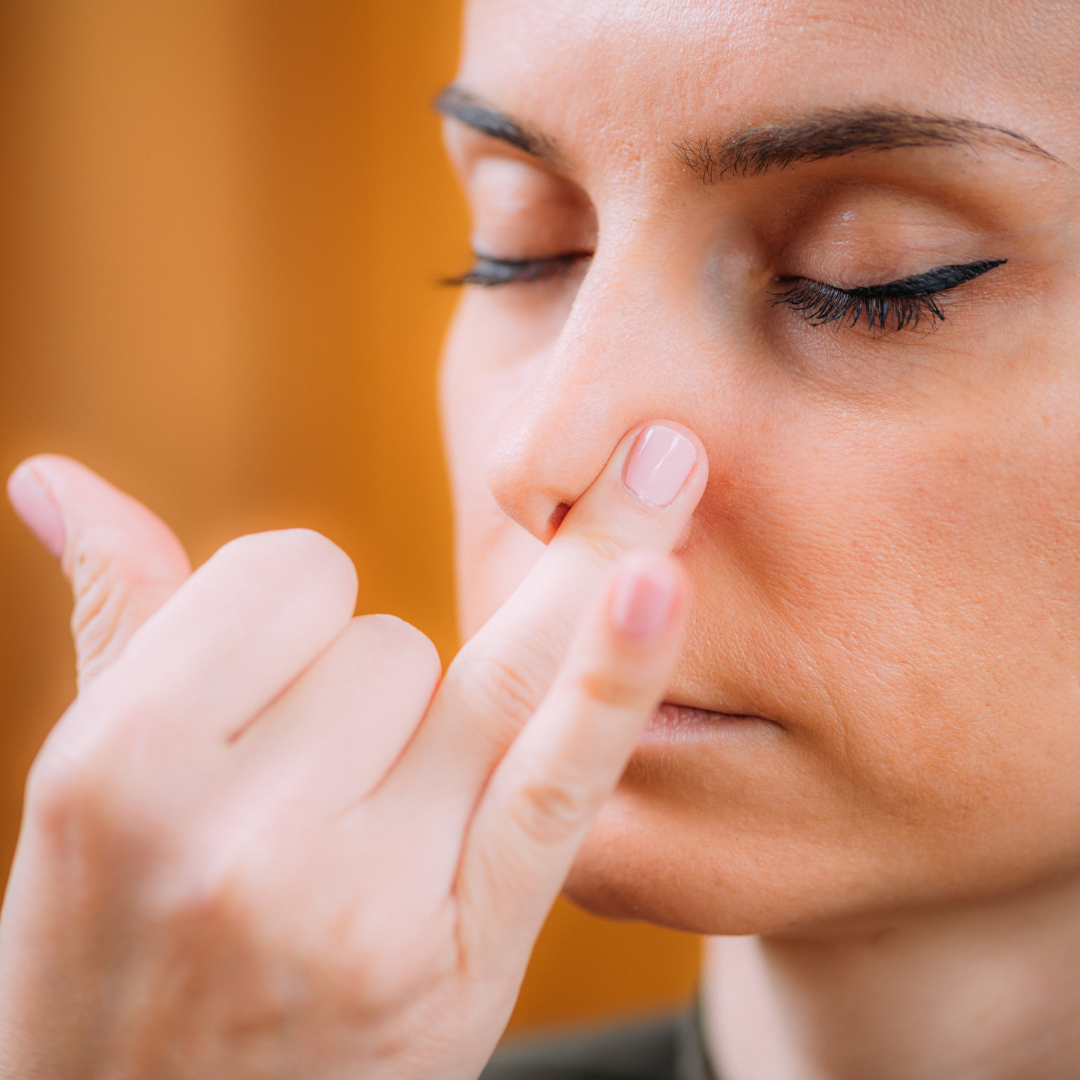

We need to breathe to live, but we don’t often breathe with intention. We’re often shallow breathing and rushing deep in our fight or flight response. Sure, breathing is one of our involuntary body functions, but when we focus on intentionally breathing, we can find the healing power of our breath.
Breathwork involves focused breathing practices that change your traditional breathing style. Many common breathwork practices borrow from different traditions, including yoga, Ayurveda (pranayama), Chinese medicine, and Buddhist meditative practices.
These different practices all use specific targeted breathing techniques to provide your body with an increase of oxygen. These shifts in breathing can help facilitate changes in the body while promoting healing and shifting your energy.
They say the body keeps score. The work of Bessel van der Kolk explored how we are actively holding onto trauma that lives in our bodies. Breathwork is one of the various forms of therapy and exercises that can help release and process some of this trauma.

There are a few different forms of breathwork practices but they usually involve shifting your normal mode of breathing. The goal is to both mentally connect to your breathing and consciously breathe in different patterns and intervals. They can provide different benefits based on how they physiologically affect the body.
Here are some of the common forms of breathwork:
This involves breathing slowly and deeply into your belly so that your diaphragm will fully expand with each inhale. This helps the body more naturally relax and get out of your fight or flight response. The focus is on making exhales longer than inhales which helps you more naturally relax.
Also called box or square breathing, this balances the length of each inhale, breathhold, exhale and taking a pause with your lungs empty. The goal is for each of those to be the same amount of time to help even yourself out. A typical ratio would be to inhale for a count of 4, hold for 4, exhale for 4, wait for 4.
Similar to box breathing, this form of breathwork involves breathing in for 4, holding for 7 and breathing out for 8. Longer exhales ensure that you completely empty your lungs. Longer exhales can also help with processing trauma by helping you regulate your nervous system. One symptom of trauma is a consistent state of hyperarousal.
Sometimes called channel-clearing breath or in Sanskrit as Nadī Shodhana, involves breathing in through one nostril and breathing out the other. The alternating between both nostrils is meant to balance out your energy and is believed to balance both hemispheres of the brain.
These are a few common forms of breathwork but other forms include Holotropic breathwork, Shamanic breathwork and breathwork will often have a facilitator lead you through specific breath patterns and holds to help you reach a heightened state of consciousness and awareness.


Breathwork involves shifting our normal breathing patterns. Often, we are not breathing deeply enough and shallow breathing can mean that we’re not getting sufficient oxygen and can exist in a constant state of heightened arousal.
Some of the benefits of breathwork include:
Breathwork can help you regulate your nervous system. Trauma gets stuck in the body and manifests as chronic arousal of the sympathetic nervous system a.k.a. Fight-or-flight response. Slow, connected breathing recalibrates the nervous system, reduces excess arousal, and takes the body out of fight or flight. This can also help you process any unprocessed trauma or emotions.
Deep, controlled breathing activates the parasympathetic nervous system, the rest-and-digest part of our nervous system. This helps your body lower its stress hormones like cortisol which produces a calming effect.
Studies have found breathwork can help people with anxiety disorders. One study found deep breathing reduced cortisol levels and anxious feelings more than cognitive restructuring techniques.
Focused, paced breathing increases activity in your prefrontal cortex. This is the part of the human brain responsible for focus, planning, and executive function and can help increase neuroplasticity or the ability for your brain to reorganize itself and forge new connections. This effect was shown in multiple MRI neuroimaging studies.
Slow, regulated breathing stimulates the vagus nerve which signals the body to relax, lowering your blood pressure and heart rate. Extensive breathing also increases oxygen in the bloodstream. Studies have also shown breathwork reliably reduces blood pressure, comparable to medications.
Breathwork encourages your body’s natural relaxation response. This shifts the body into a state of homeostasis. This is optimal for healing because you are calmer, have more oxygen and healthy blood flow, and this can help your body address issues. This can help you reduce inflammation, gather your immune system’s resources and address trauma.
Making breathwork a regular habit can help with processing trauma by allowing you to create a space to process deep emotions from a place of relaxation. It helps you stay present by actively staying connected to your breath.
Overall, this can help you gain greater control to manage your nervous system because you can learn to self-soothe in moments of stress. It also helps your body relax any areas that are constricted or tense due to past issues. It also can help you end patterns of automatic thinking by helping you approach your thoughts from a more relaxed state.


One way to boost your breathwork practice is to partner it with quantum energy. Quantum energy and breathwork have similar goals in boosting your energy levels, removing blockages and negative energy, and promoting health and vitality.
Leela Quantum Tech offers wearable options to help give you an influx of pure quantum energy. You can wear the Leela Quantum H.E.A.L.®* Capsule, which can help you address any negative energy you release in your breathwork. You can also drink from your Leela Quantum Water Bottle after a breathwork session to superpower your healing with quantum energy charged water.
Breathwork is becoming more common practice to help us battle the overwhelm, stress, and toxic habits of everyday life. Not only does breathwork more deeply connect you to yourself, it also has been found to have a whole host of health benefits.
While its current popularity may be a fad, science has proven that breathwork can be the boost you need to address unresolved issues, increase your body’s vitality and natural healing processes, and more deeply connect to the present mode. Breathing is powerful.
Share